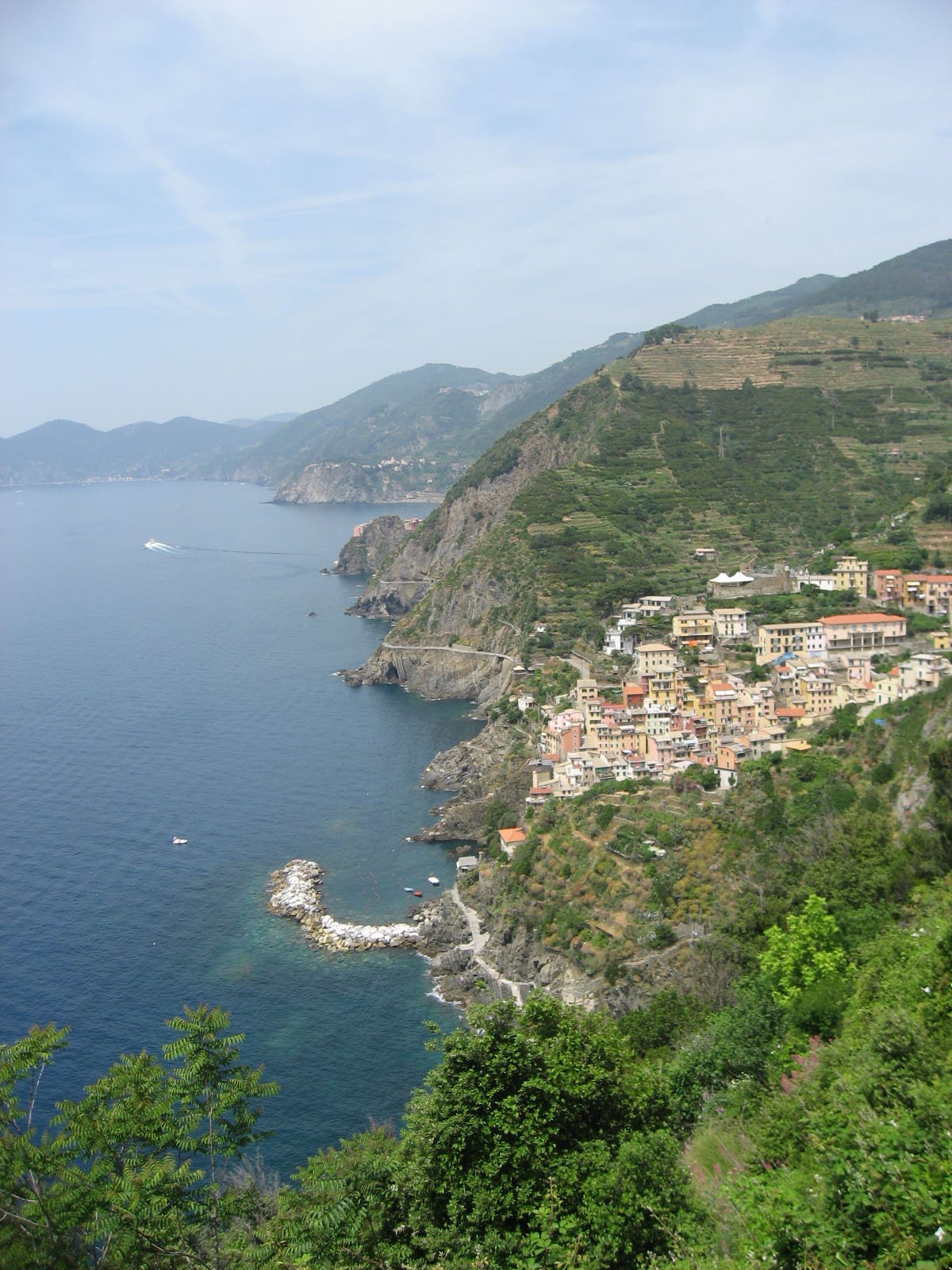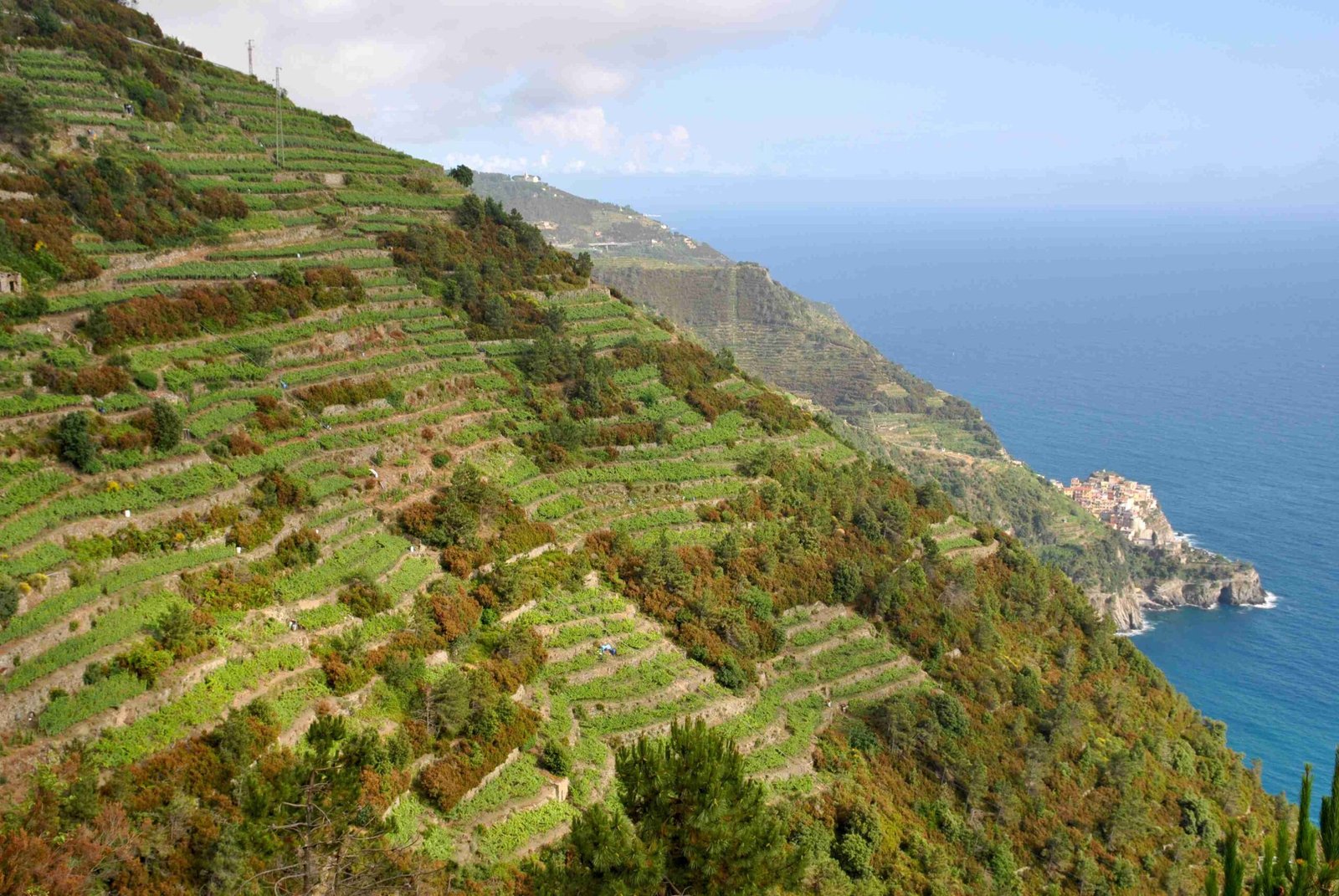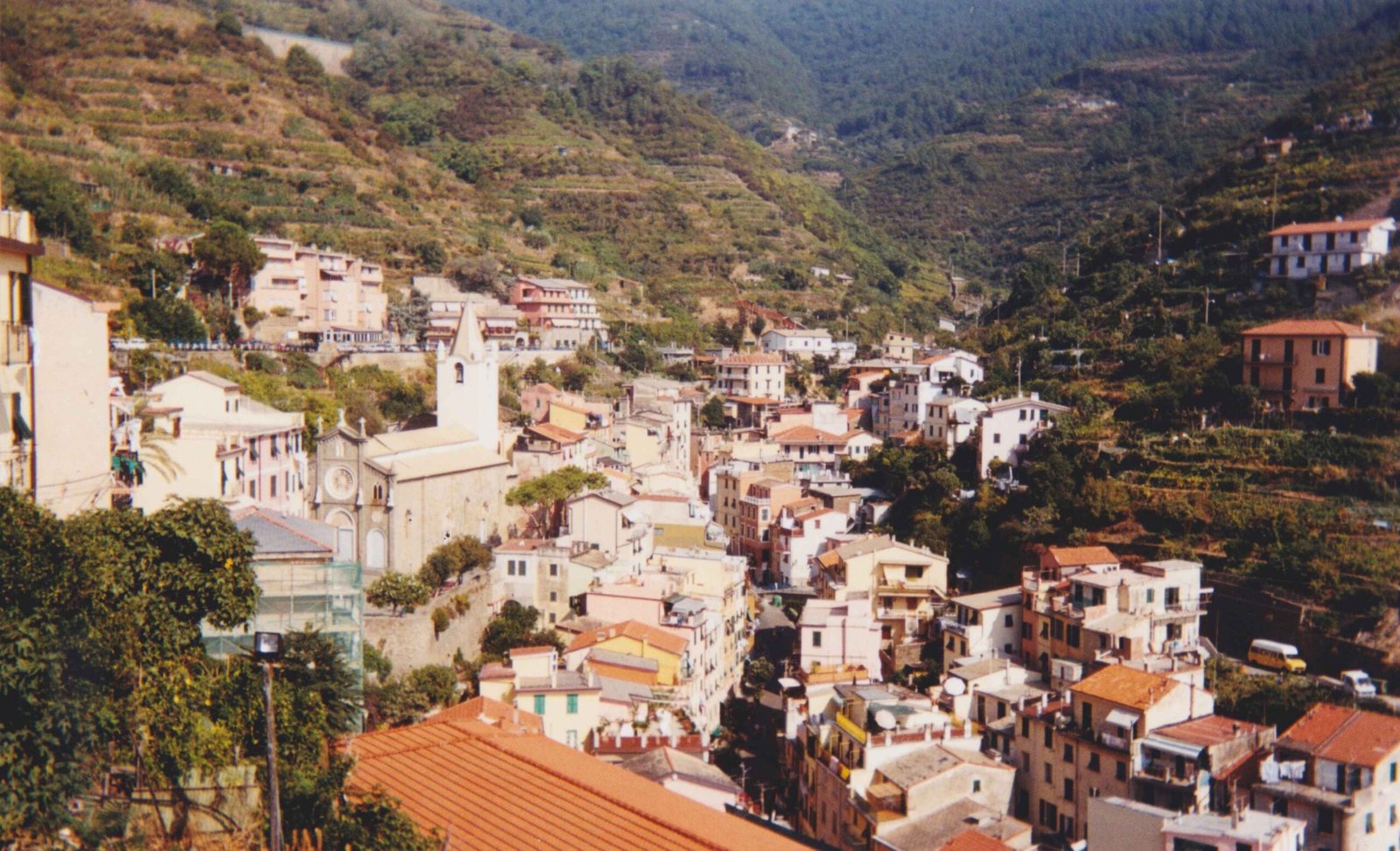The Cinque Terre region is experiencing a profound agricultural metamorphosis, characterized by dramatic shifts in land use, farming practices, and economic sustainability. Over the past decades, the area has witnessed a significant reduction in cultivated land, with vineyard areas shrinking from 1,000 hectares to merely 100 hectares, reflecting complex challenges of demographic change, economic pressures, and environmental constraints.
What Drives Agricultural Transformation in Cinque Terre?

Historical Context of Farming Practices
The Cinque Terre landscape represents a remarkable testament to human agricultural adaptation. For centuries, local farmers have carved intricate terraces into steep mountainsides, creating a unique agricultural ecosystem that defies geographical limitations.
Key Transformation Factors
| Factor | Impact | Percentage Change |
|---|---|---|
| Vineyard Area | Dramatic Reduction | -90% |
| Farmer Population | Aging Demographics | -65% |
| Traditional Cultivation | Mechanization Challenges | 40% Limited |
Why Are Traditional Agricultural Practices Declining?
Several interconnected factors contribute to agricultural change in Cinque Terre:
- Demographic Shifts
- Aging farming population
- Young generations migrating to urban areas
-
Reduced interest in traditional agricultural work
-
Economic Challenges
- High maintenance costs for terraced landscapes
- Limited economic returns from small-scale farming
-
Competition from industrial agricultural production
-
Environmental Constraints
- Steep terrain limiting mechanization
- Hydrogeological instability
- Climate change impacts
How Are Sustainable Practices Emerging?
Local authorities and agricultural organizations are implementing innovative strategies:
- Institutional Support
- Rural Development Plan funding
- Restoration infrastructure projects
-
Incentive programs for young farmers
-
Tourism Integration
- Agro-tourism development
- Educational agricultural experiences
- Preservation of cultural landscape
What Crops Remain Significant?
Despite challenges, certain traditional crops persist:
- Grapes (Sciacchetrà wine)
- Olives
- Lemons
- Herbs and small-scale vegetables
Future Outlook for Agricultural Change
The Cinque Terre agricultural landscape is not disappearing but transforming. Emerging trends suggest:
- Increased technological integration
- Focus on high-value, niche agricultural products
- Enhanced preservation of cultural heritage
- Sustainable tourism-agriculture symbiosis
Innovative Restoration Efforts
The Municipality of Riomaggiore and Tuttifrutti Association are pioneering restoration initiatives:
- Rebuilding dry-stone walls
- Modernizing water infrastructure
- Supporting local agricultural companies
- Creating sustainable farming models
Conclusion

Agricultural change in Cinque Terre represents a delicate balance between preserving traditional practices and adapting to modern economic realities. The region’s future depends on innovative approaches that respect its unique landscape while ensuring economic viability.

